Armor and sights of the new T-62M for a special operation: what was and what was the result
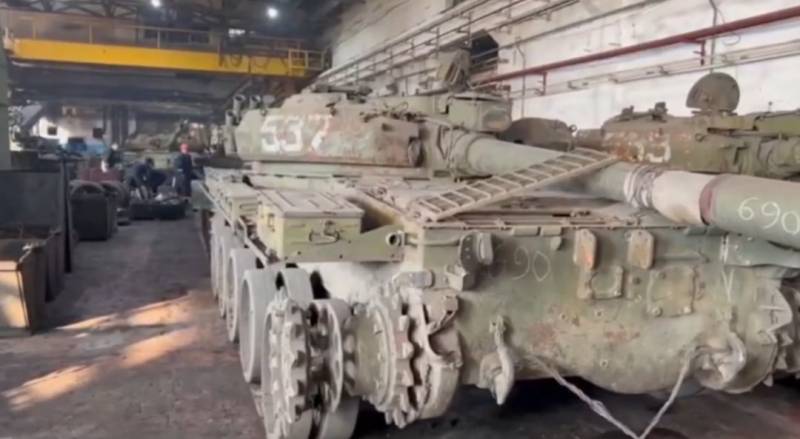
Their mass production was announced last fall. Thousands of comments have been written about their need for the front and their capabilities in modern combat and the same number of copies have been broken. And now the time has come - a battalion of modernized tanks The T-62M has already left for the zone of the special military operation, and the second one is preparing to be sent behind it.
And since the time has come, the time has come to take a closer look at these vehicles and figure out what changes in terms of security and sighting system were introduced by specialists from the 103rd BTRZ in Atamanovka, where the tanks are being finalized.
Why only sights and protection?
The question is quite natural, since the installation of new sights and refinement in terms of vehicle security is, perhaps, not a complete list of innovations for the T-62M tanks undergoing modernization at the 103rd BTRZ. However, there is simply no reliable information about what else was added there. They talk a lot, but without specifics.
It is possible that the communication systems were also improved, and the native engines of the vehicles, according to complaints from the Army-2022 forum, were changed to the B-46-5 with a capacity of 780 horsepower from the T-72 series tanks. At the same time, they could simply get by with a major overhaul and installation of what is already required by the T-62M state.
So for now, let's go with what we have. Fortunately, Lieutenant General and State Duma deputy Andrey Gurulyov, who became a kind of herald of the Ataman Repair Plant, showed and spoke in detail about the aiming system and the protection of tanks sent to the front.
The security of the updated T-62M
As you know, the security of Soviet-style T-62M tanks, even at the time of their creation - the revision of old T-62s to the new standard - in the 80s of the last century could not boast of outstanding performance.
The armor of the hull and turret is exclusively steel, covered in the frontal parts with armored packages made of steel sheets and a polyurethane layer, providing resistance against sub-caliber projectiles in the range of 320-350 mm, according to various estimates, and up to 420-450 mm from cumulative ammunition. And in the sides of the additional protection there are only rubber-fabric anti-cumulative screens.
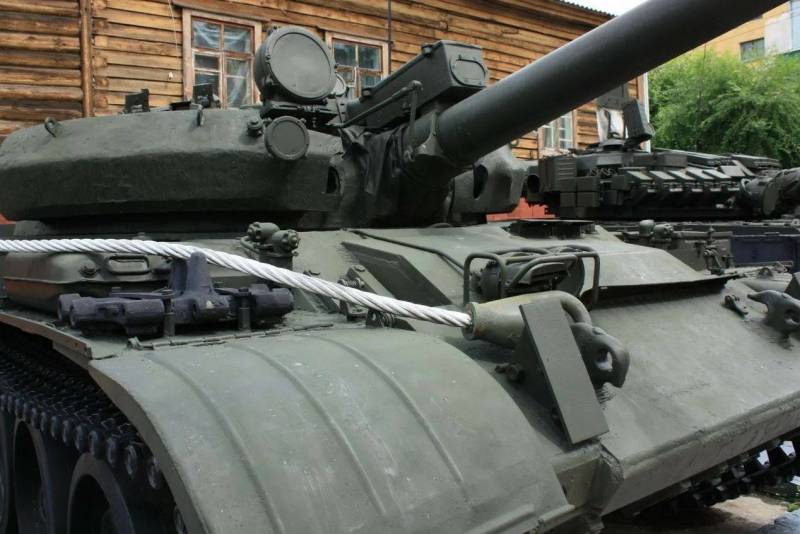
The blocks of additional armor on the turret and hull of the T-62M are clearly visible.
40 years ago, this was hardly enough to counter the shells of NATO 105-mm cannons and some hand-held anti-tank weapons. Now, based on the annual experience of a special military operation, there is not enough for anything.
Anti-tank grenades, guided missiles and other ammunition from the enemy's arsenal make it clear that the T-62M has nothing to do there without serious modification. At a minimum, the car needs to be equipped with dynamic protection.
But what did the specialists from the 103rd BTRZ in Atamanovka suggest? To be honest, the hybrid turned out not without questions. And, warning all the comments: yes, it could have been better - for example, you can look at the T-55 from Transmash, the body kit of which would look great on the T-62M. But we proceed from what we have now.
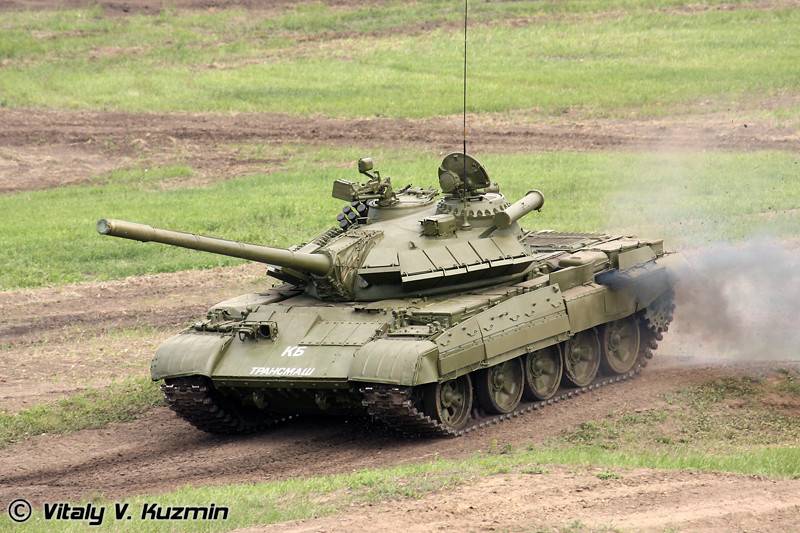
First of all, it should be noted that tanks seem to have begun to be standardized in terms of dynamic protection, which was completely absent on some modernized T-62Ms. True, we are talking about hinged "reactive armor" of the "Contact" type, effective only against cumulative artillery shells, anti-tank missiles and grenades with a monobloc warhead. Nevertheless, even in the current conditions, its presence is already a big plus.
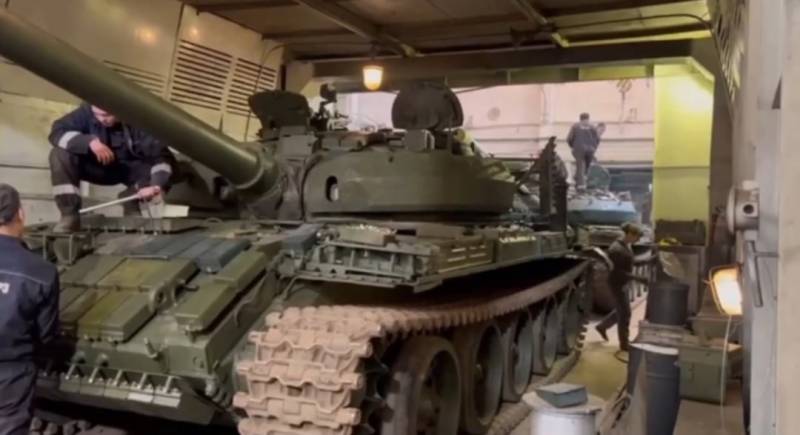
Modernized T-62M in the workshop of the 103rd BTRZ. Visible dynamic protection on the frontal parts of the hull and the roof of the tower
However, the location of the elements of the remote sensing is somewhat strange. And no, the question is not about the forehead of the hull, as one of the most exposed parts of the tank to shelling. And the roof of the tower, equipped with the same dynamic protection, is extremely useful, although not against the Javelins, of course. But for cluster munitions attacking the roof and other abominations of a similar plan, it’s very quite.
The question is that the forehead of the hull with additional armor received dynamic protection, and the forehead of the turret, judging by the frames, both from the factory and from the zone of the special military operation, remained with only “eyebrows”. In short, they "halved", strengthening the protection of the hull from missiles and grenades almost twice, leaving the tower in the standard version.
What was the reason for such a decision is quite clear.
In principle, it is clear that there is simply no generally accepted project for refining the “eyebrows” with dynamic protection. In addition, this is extra weight for the already overloaded T-62M chassis and turret, and there are also some difficulties in the operational plan. But there are actually many more effective options, ranging from installing Kontakt instead of additional turret armor, or, as the Omsk people from Transmash suggested, installing Kontakt-5 instead of all these structures. But the development of technical documentation, approval, cutting of overlays and installation of DZ blocks is long and costly in all respects in the current conditions. It’s easier to fit bare T-62s without the “M” index into this matter.
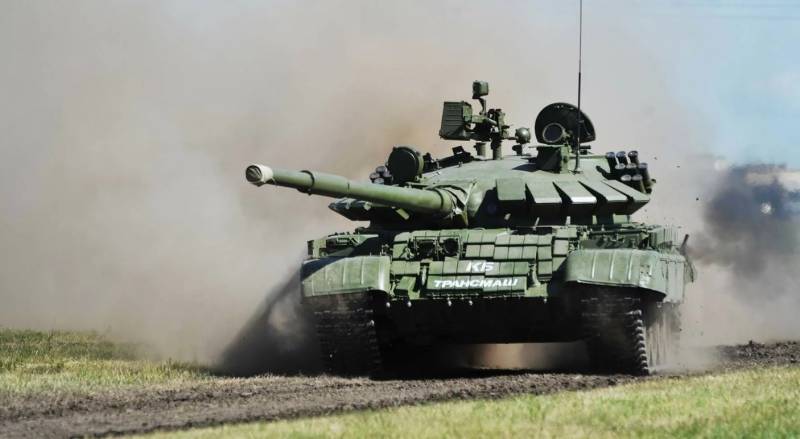
Modernized T-62 from Omsk "Transmash". The tank turret is equipped with dynamic protection "Contact-5"
In general, we have what we have.
Also, the aft part of the towers of the upgraded T-62M is equipped with anti-cumulative lattice screens. They, subject to the correct distribution of the thickness of the ribs and the gaps between them, are able to provide protection against anti-tank grenades of the PG-7 type with a probability of up to 50% without their detonation. In the rest, it is a thing, rather, of an applied nature, which works as baskets for transporting various kinds of belongings.
On this with regards to security, perhaps that's all. Although the footage from the 103rd BTRZ also featured the T-62 without additional armor on the hull and turret, but completely hung with dynamic protection. But this, apparently, is the T-62MV tank, which was regularly equipped with the Contact dynamic protection back in the 80s, but also got under modernization along with the T-62M.
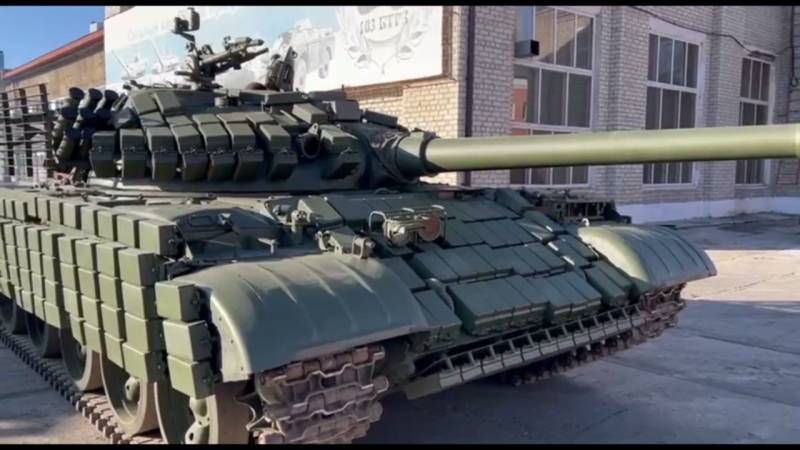
T-62MV, also subject to modernization at the 103rd BTRZ
Now there is a thermal imager
Unlike its old counterparts, the Soviet-style T-62M had a number of improvements in the sighting part and could fire guided missiles of the Sheksna complex.
In particular, we are talking about the Volna fire control system, which consisted of four main elements: a TSHSM-41U optical articulated sight with an exit window to the left of the gun, a KDT-1-1 (KDT-2) laser rangefinder, a ballistic calculator and stabilizer "Cyclone-M1". All this was supplemented by executive systems and relevant controls.
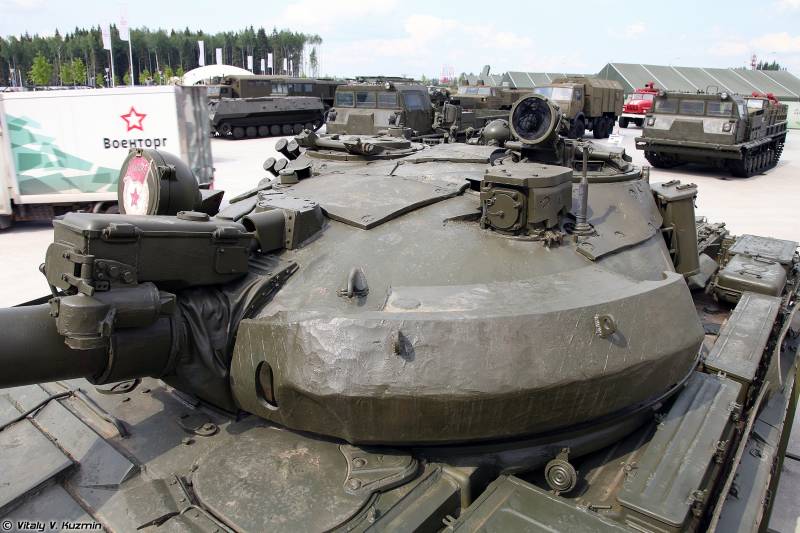
In practice, the operation of this system made it possible to determine the range to the target, as well as to determine its angular velocity. Accordingly, the ballistic computer in semi-automatic mode gave the necessary corrections for the aiming angle and lateral lead.
Yes, this whole system did not reach the level of 1G46 in some T-80U, T-90 or the current "mobilization" T-80BVM, but at least there is some kind of automation for preparing a shot.
As for the missiles, the 1K13 sight / guidance device was used to control them, the exit window of which - under the armor cap and protection cover - was on the roof of the tower.
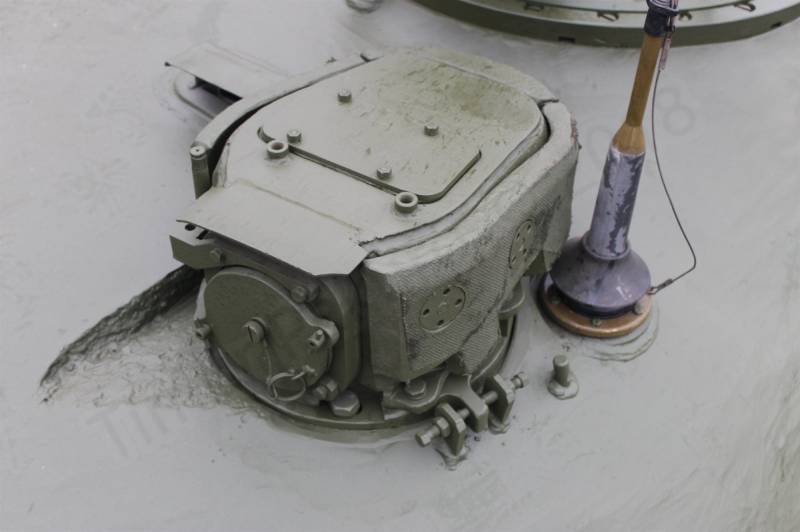
It has the ability to both target missiles and fire from a cannon with conventional shells and a machine gun coaxial with it at night at a distance of up to 1 m when illuminated by an infrared searchlight and up to 200 meters in a passive mode.
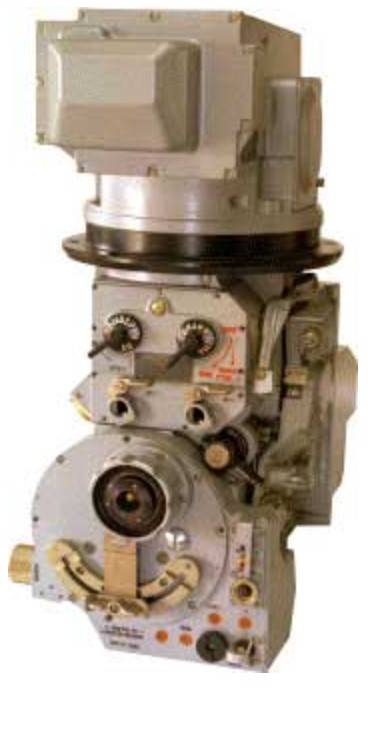
Now, judging by the available open data, including detailed videos of journalists, it was decided to remove the ability to measure the range and develop corrections for firing in semi-automatic mode for the optical channel. As evidenced by the absence of a laser rangefinder - in its place you can observe a stub.
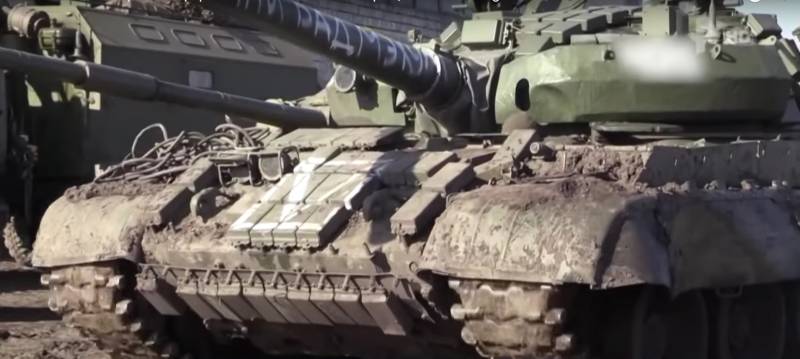
Upgraded T-62M in the special operation zone. The machine does not have a laser rangefinder above the gun. Instead of the 1K13 sight, 1PN96MT-02 was installed
But this does not mean that the automation of the modernized T-62M was cut out in the bud.
The same sight / guidance device for the 1K13 missile, which was available on the Soviet T-62M, in the course of finalization for the special operation fronts, is replaced by a thermal imaging sight 1PN96MT-02 - a contraption that became an attribute of both the newly produced T-2023BVM and T-80B72 in 3 .
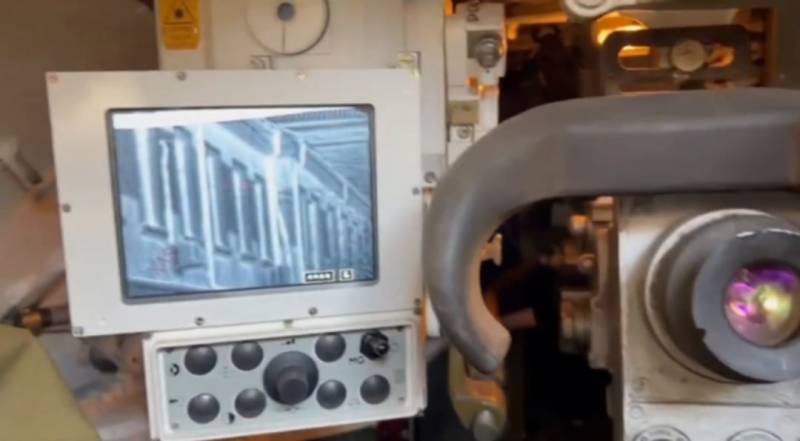
Left - display and control panel sight 1PN96MT-02
It does not play the role of the legendary Sosna-U, but its capabilities, although limited by an uncooled thermal imaging matrix with not the highest resolution, significantly exceed those of 1K13 on an image intensifier tube.
Still, the new “teplak” provides a target detection range within a couple of kilometers at night, and this cannot be compared with 1K13, which, when illuminated by an infrared searchlight, can nominally give visibility of 1 meters, but in practice sometimes even less. And this is provided that 200PN1MT-96 during the day will also provide an invaluable service, especially in poor visibility.
In addition to the thermal imaging channel, the new sight on the upgraded T-62M has a laser rangefinder and, apparently, its own ballistic computer. So the main functionality of the "Wave", but already in the new version in the face of 1PN96MT-02, is preserved - corrections for the distance to the target and its angular velocity can still be done.
As for launching guided missiles through a cannon barrel, now the modified T-62M is deprived of this possibility.
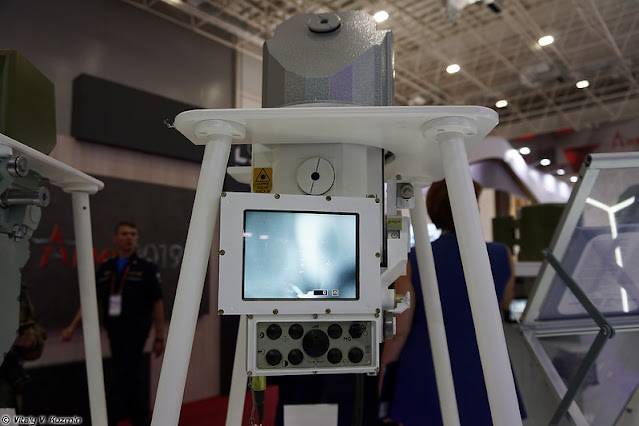
Sight 1PN96MT-02
The 1K13 sight has been removed from the tank, but the new one does not have this functionality. However, this can hardly be considered a major drawback, since tank ATGMs themselves are rather specific ammunition, both in terms of the conditions of use and in terms of the skills that are required from the gunner-operator. And are there any rockets for "sixty-two" in the warehouses?
Conclusions
There is a high probability that the discussion of this material will eventually slide into disputes that have been raging for more than a month about why the T-62M is removed from storage and sent to the fronts of a special military operation. But the topic in our case is different: to see what was added and what was removed.
Within its framework, it can be unequivocally said that the installation of a thermal imaging sight is something that cannot be dispensed with now. Of course, the "teplac" will not put the "sixty-two" on a par with the most modern vehicles, but will allow the tank to more effectively deal with a wide range of threats on the battlefield. Albeit due to the lack of the ability to fire guided missiles. So the decision is definitely correct.
Another thing is that in terms of equipping dynamic protection, it turned out, roughly speaking, very far from ideal. Yes, covering the roof of the turret and the forehead of the hull even with the old "Contact" will bring tangible benefits - there is no doubt. But with the frontal part of the tower, one could do much more “humanely”, taking as a basis a sample from the Omsk “Transmash” or even getting by with the installation of “Contact” instead of bare armor plates.
The epithets in the style of “modern” or “meeting all requirements” are hardly applicable to the T-62, even if it has been modernized at least a hundred times. Nevertheless, it can be summarized: it has become much better than it was before. It remains to be hoped that since the grandiose plans to revive the "sixty-two" have nevertheless begun to be implemented, then some shortcomings in the defense will someday be taken into account.
Information